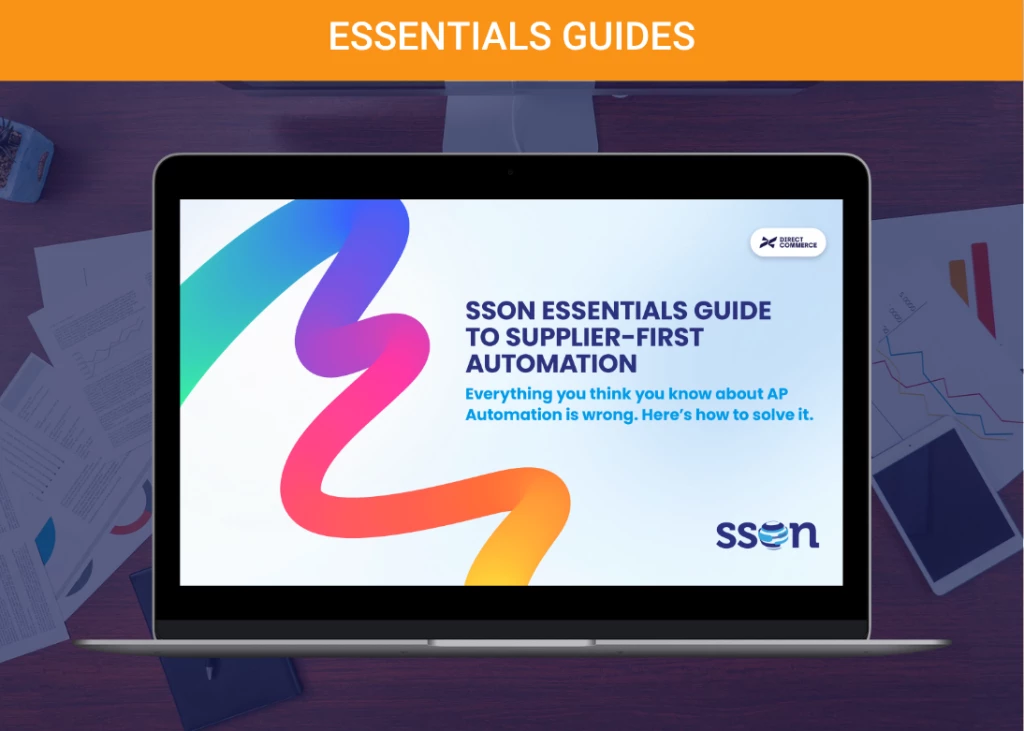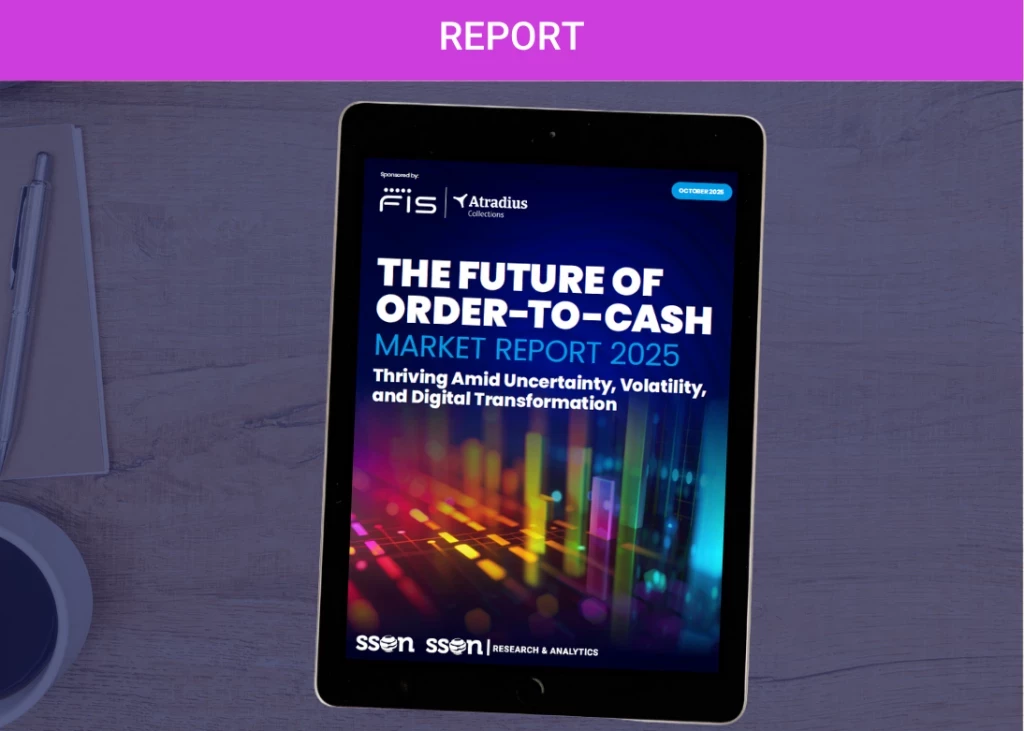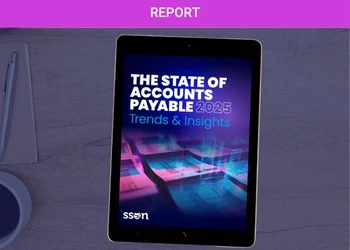Order-to-Cash "101": Credit Analysis
Add bookmarkThe Order to Cash (O2C) cycle is the lifeblood of every company, touching all facets of a business, including the most important – its customers. By definition, O2C incorporates the taking of orders via different channels (catalog, email, phone, internet, salesperson, fax or Electronic Data Interchange/EDI), ensuring timely delivery of goods and services, proper invoicing and collections, issue resolution and reporting, and analytics. The very nature of O2C departments in companies requires them to interact with product development, marketing, sales and finance personnel across the organization to ensure a seamless customer experience and optimal revenues for the enterprise,
In a new series, Lew Bader, former SVP of Global Order-to-Cash for Pearson and founder and CEO of Pivotal Associates will examine each of the steps in the cycle and offer strategies for running an efficient O2C process. This series will provide insight into Credit Analysis, Order Processing, Logistics / Delivery, Returns / Credit Processing, Cash Collections and Reporting / Analytics. Readers will find the processes examined and the accompanying strategies applicable to all organizations – from entrepreneurial startups to Fortune 500 global corporations.
––––––––––––––––
Leveraging Traditional Methods and Emerging Technologies to Ensure Control of Credit Extension
A sale is not a sale until payment is received. Every Credit Professional has not only heard that; they have preached it. And it’s the responsibility of the Credit Department to ensure that every order is properly vetted to guarantee that all orders are converted to cash. The job of a credit professional, therefore, is to ensure sales protection and not prevention.
There are many factors for a credit professional to consider when determining whether or not to sell to a prospective customer, and many methods of evaluating credit-worthiness.
The most common barometer of a company’s financial health is the Altman Z-Score, which is based on five financial ratios that can be calculated from a company’s annual 10-K report. The Z-Score is calculated as follows:
Z-Score = 1.2A + 1.4B + 3.3C + 0.6D + 1.0E
Where:
A = Working Capital/Total Assets
B = Retained Earnings/Total Assets
C = Earnings Before Interest & Tax/Total Assets
D = Market Value of Equity/Total Liabilities
E = Sales/Total Assets
Scores above 3.0 show a favorable financial position. A score below 1.8 indicates that a company is headed for bankruptcy.
If a company is not public and does not provide financial statements, then a report from a reputable credit agency such as Dun & Bradstreet should be utilized. Experian, Transunion, and Equifax, in addition to providing consumer credit ratings, also have small business divisions that track credit histories for every business and corporation.
While institutional credit reports are important tools, the best indicator of a customer’s ability to pay comes from the Big Data that every company has in its financial systems. Within these systems there exists a wealth of historical information available for sophisticated analysis. Not just analysis to understand what has happened, but analysis that will identify trends that can lead to action…action that will drive future results. By combining all detailed historic customer information (invoices, payments, chargebacks and credits) data can be identified that will provide credit analysts with the ability to recognize trends that might otherwise go undetected. Consistent behavior from a customer is the best indicator of future behavior. Creating a behavioral risk profile for every customer will certainly help companies evaluate ongoing credit worthiness.
Historic customer information … will provide credit analysts with the ability to recognize trends that might otherwise go undetected.
When you don’t have any experience with a new customer, then the next best resource for information is a competitor. Get references from the prospective customer and then add a few of your competitors (keep in mind that no one will provide you with the name of a reference that will provide negative information). When contacting a reference or competitor the answers to a couple of simple questions will provide clues as to a prospect’s credit worthiness:
- Do you sell to this customer?
- Do they pay on a timely basis?
Some signs that may indicate financial issues for a company:
- A rise in Days Sales Outstanding (DSO)
- Heavy returns (abnormally greater than in prior periods)
- Unusual or unfounded deductions (e.g., unsupported price differences, shortage claims, damaged goods)
- Negative cash flow per financial statements
- Changes in the marketplace (new competitors)
- Changes in the supplier base (when resource costs increase, it puts stress on a company’s ability to pay all of their bills on time)
Evaluating just how much credit to provide to customers is a complex task. No single tool will provide a complete profile of a customer. The credit professional needs to utilize every tool in their belt.
By combining standard scoring information, intelligence from institutional credit bureaus, evidence gathered from Big Data and analysis and observations of customer behaviors, both internal and external, you will gain the most complete profile of a customer that will support successful sales transactions, timely payment and financial success.
[eventpdf]






















